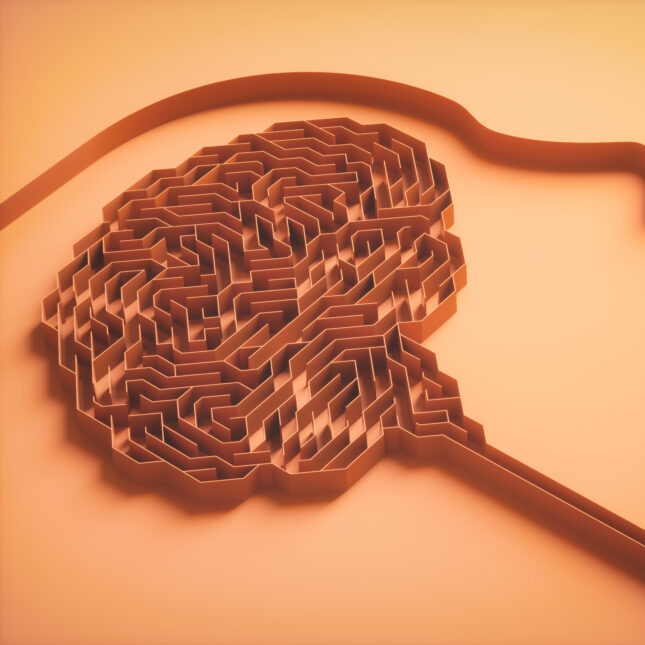
The brain remains both the body’s most important organ and its least understood. But a draft atlas of the human brain published on Thursday gives scientists important insights into how it works and may pave the way for big advances in disease treatment and diagnosis.
This brain map, pieced together by hundreds of researchers from San Diego to Seattle to Stockholm, is essentially a cellular “parts list” of the human brain and a guide to how those pieces are arranged and work together. Scientists say that what they’ve already learned — including a stunning diversity of cell types in the brain — and what they’ll discover in the years to come will improve our understanding of deadly neurological diseases.
At the heart of this effort are some of biology’s most fundamental questions. How do mutations contribute to disease? What makes people different from one another? And what makes humans different from other primates?














Exciting news! STAT has moved its comment section to our subscriber-only app, STAT+ Connect. Subscribe to STAT+ today to join the conversation or join us on Twitter, Facebook, LinkedIn, and Threads. Let's stay connected!
To submit a correction request, please visit our Contact Us page.